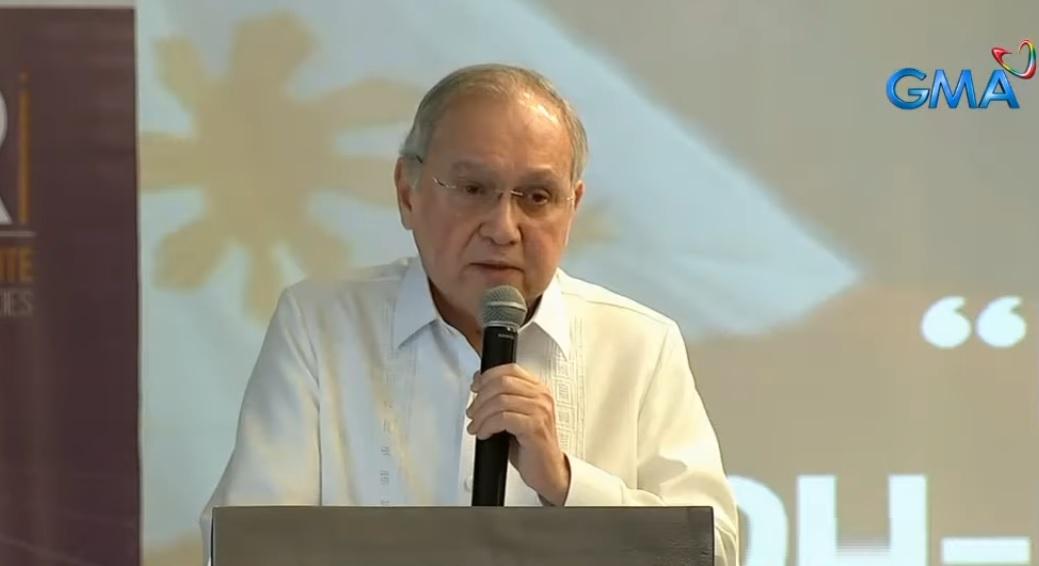West Philippine Sea is real flashpoint, not Taiwan–Amb. Romualdez
Published February 28, 2024 7:01pm Updated February 28, 2024 7:55pm T The West Philippine Sea, not Taiwan, is “the real flashpoint” for an armed conflict in Asia, Ambassador Jose Manuel Romualdez said on Wednesday. Speaking before the Consular Corps of the Philippines, the country’s ambassador to Washington indicated that tensions over the recent months between […]


T
The West Philippine Sea, not Taiwan, is “the real flashpoint” for an armed conflict in Asia, Ambassador Jose Manuel Romualdez said on Wednesday.
Speaking before the Consular Corps of the Philippines, the country’s ambassador to Washington indicated that tensions over the recent months between the Philippnes and China are more alarming than the possibility of the Asian power invading Taiwan.
“The real problem and the real flashpoint, which is why I’m telling you how critical it is for us. The real flashpoint is in the West Philippine Sea,” Romualdez said.
The West Philippine Sea refers to the Philippines’ exclusive economic zone in the South China. The Philippines’ EEZ was upheld by the Permanent Court of Arbitration in The Hague in 2016 over China’s massive historical claims.
Romualdez said heightened tensions between China and Taiwan was a key concern but added that a Chinese takeover was a calculated risk.
Beijing considers Taiwan a rogue province after it separated from the mainland in 1949.
Romualdez said Chinese President Xi Jinping “is not going to make a move unless he is absolutely sure that he can militarily take over Taiwan.”
“Deterrence is the only way to stop them from going into that kind of situation. So we’re hoping that every morning when President Xi wakes up he’s going to say, ‘Today’s not the day’,” Romualdez said.
Philippine vessels on patrol and resupply missions to Philippine-claimed features in the resource-rich waters have been met with dangerous maneuvers by Chinese ships, including a laser-pointing incident, resulting in near-collisions at sea.
“The aggression that we are now facing is very real,” Romualdez said without naming China. “Never in our lifetime even during World War II did we face such a challenge because this country will not let up on their claim in many of our territorial waters.”
Romualdez said the unpredictable situation in the waters is keeping him awake at night as it does President Ferdinand “Bongbong” Marcos Jr. and other Philippine officials.
“All of these skirmishes that are happening there, there can be one major accident and either one of our countries the US or the Philippines can invoke the MDT and when we do, a commitment made by the US or the commitment we made will happen and then all hell breaks loose,” Romualdez said.
The Mutual Defense Treaty is a defense agreement signed in 1951 between Manila and Washington. It commits the two allies to come to each other’s aid if one becomes the subject of an armed attack in the region.
Amid the heated back and forth between the Philippines and China, ranging from hundreds of diplomatic protests, demarches, and the summoning of envoys, Romualdez said “diplomacy is still the best option to pursue rather than engage in any conflict.”
“That’s what we are working hard on. We want to avoid having to find a situation where we will have to call each other saying we want to invoke the Mutual Defense Treaty, you have to defend us because the Chinese are already on our shores,” Romualdez said.
“We hope it will never happen,” he added. —NB, GMA Integrated News














